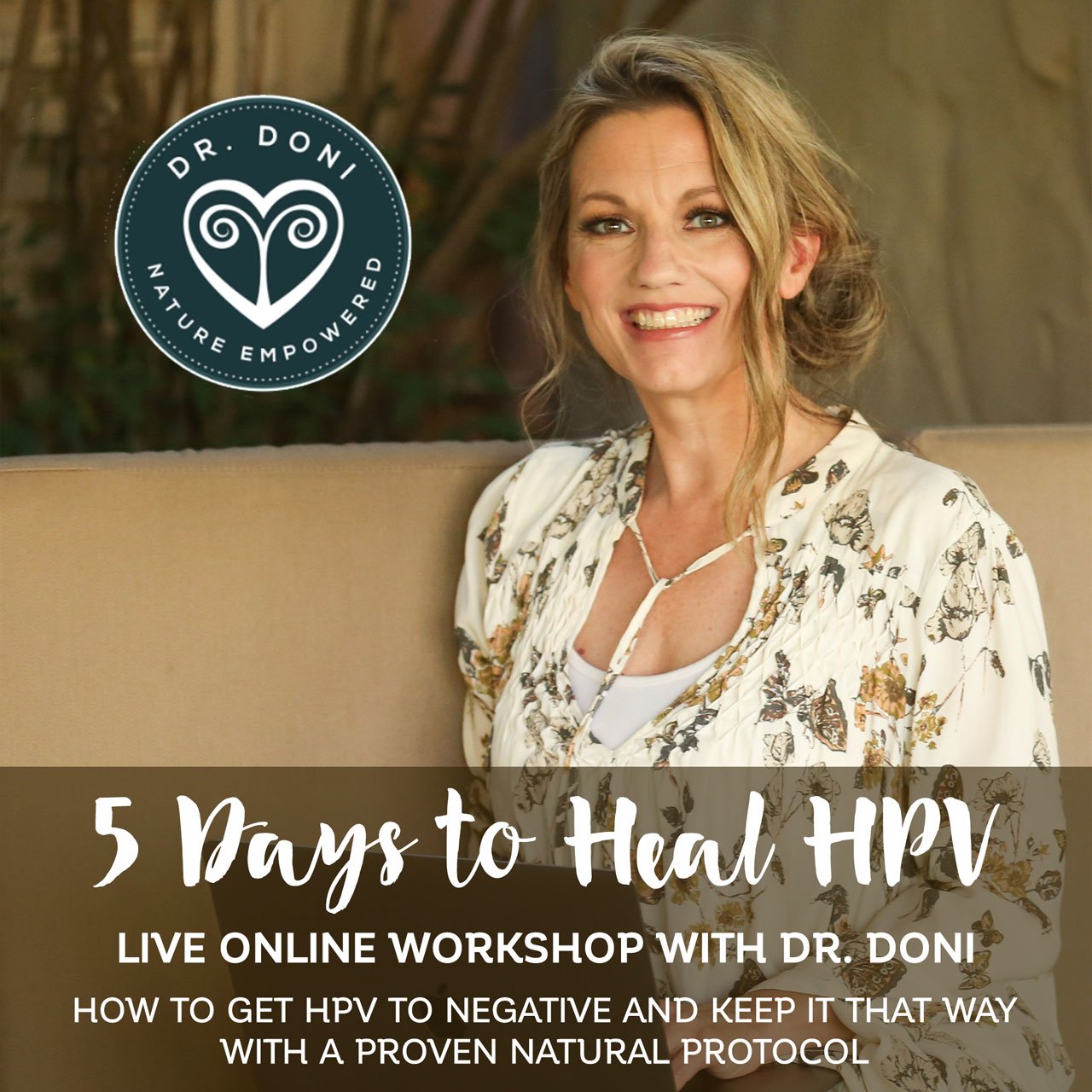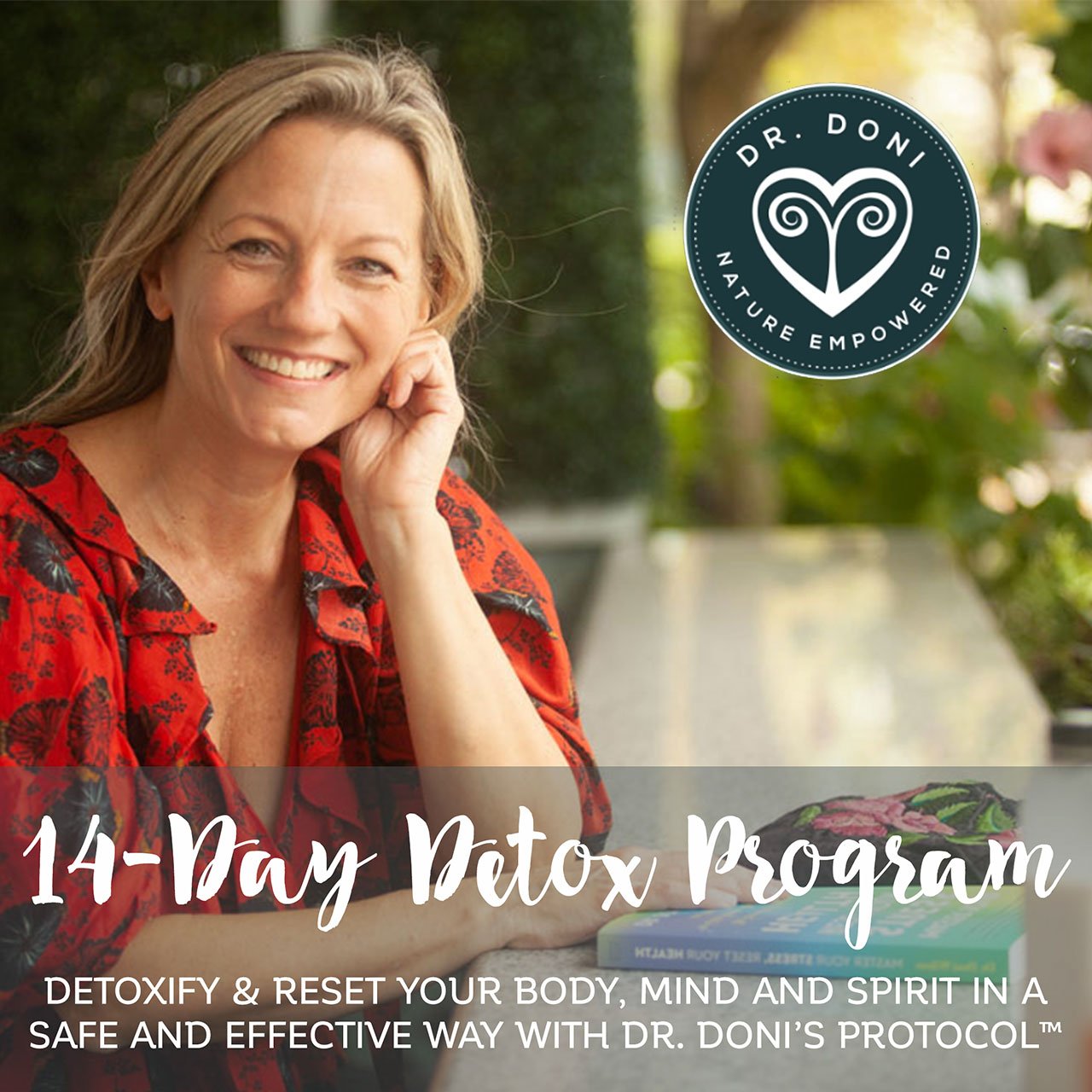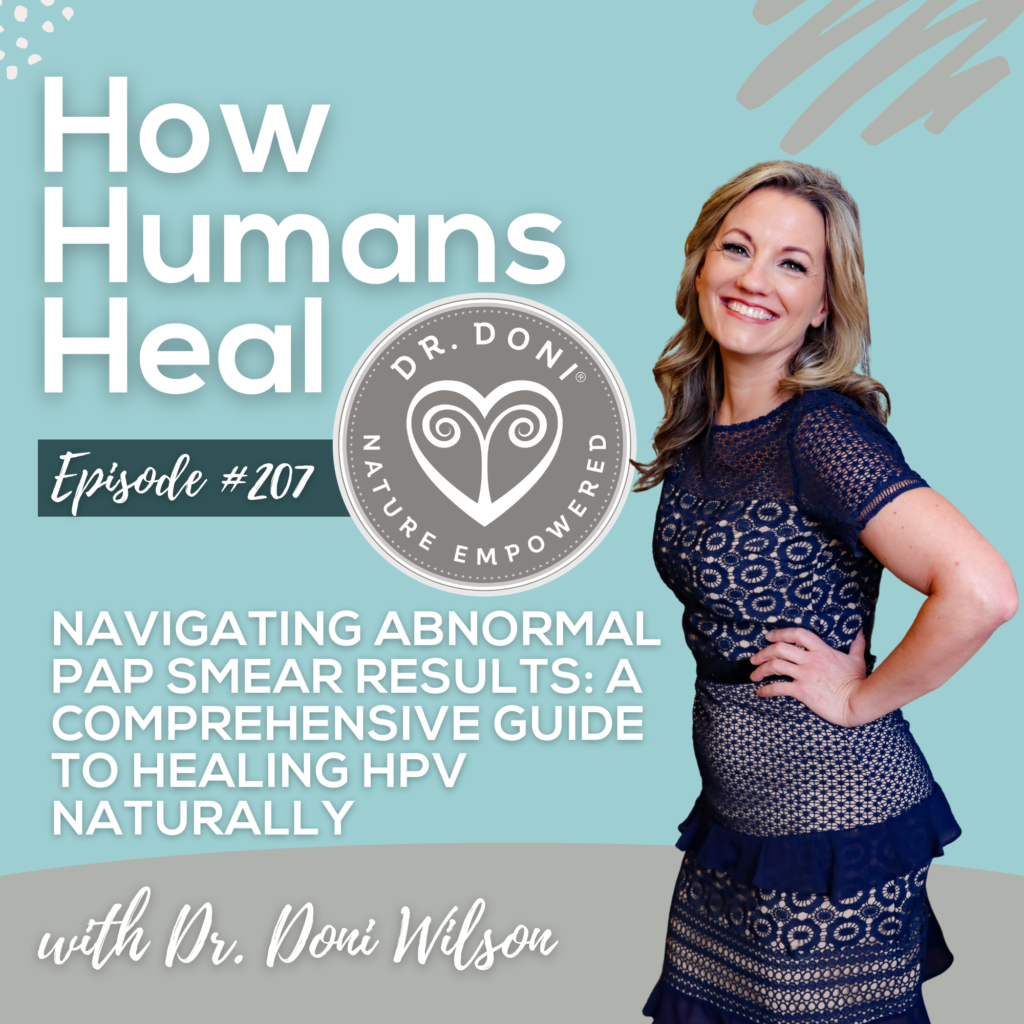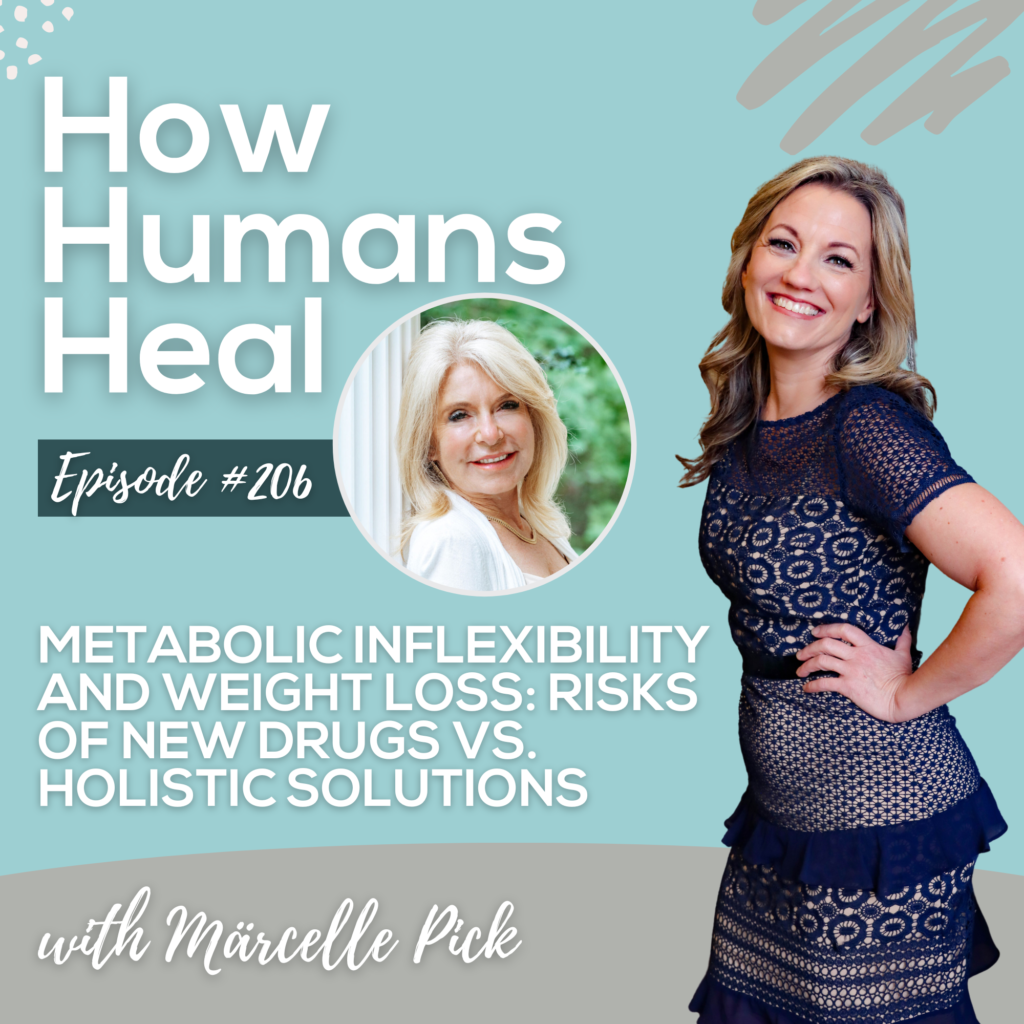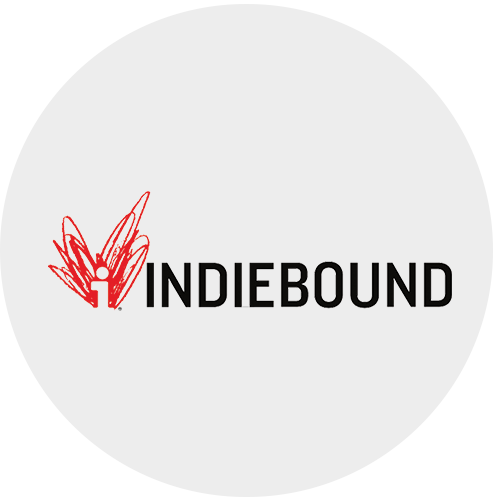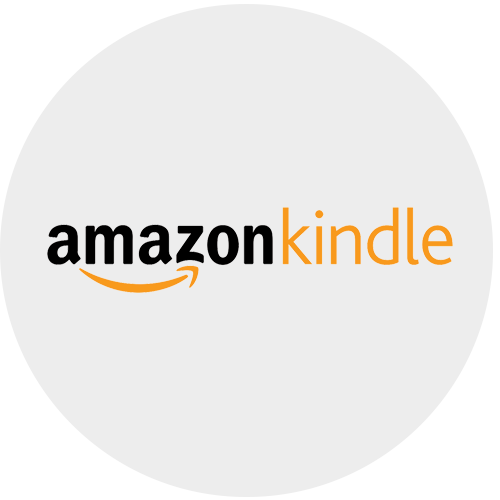
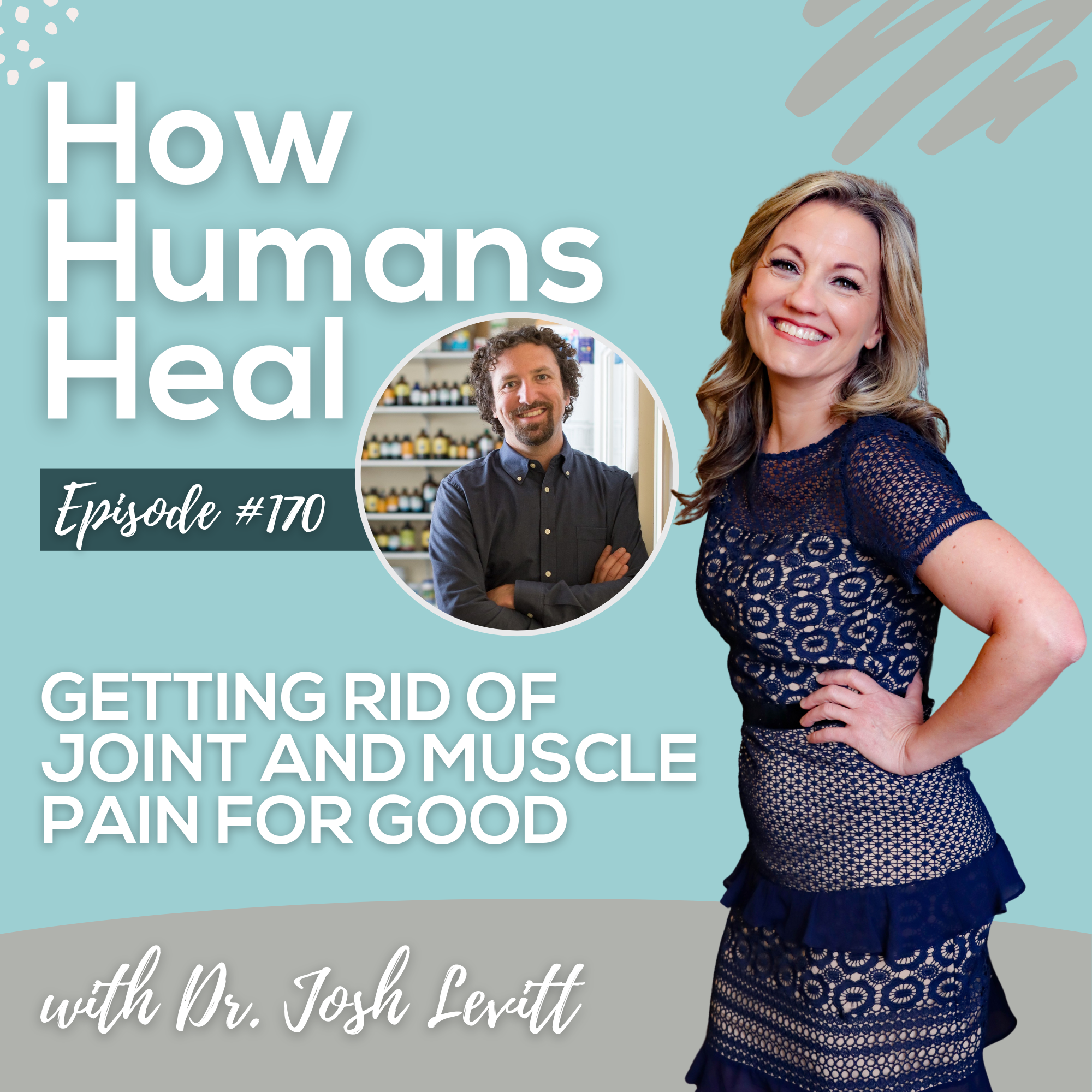
In today’s episode I get to introduce you to my friend and colleague Dr. Josh Levitt. He is a Naturopathic Doctor who graduated from Bastyr University like me and also holds a degree in physiology from UCLA. He is also the author and creator of several popular books and is a clinical preceptor for the Yale School of Medicine.
Dr. Levitt draws upon the science of both conventional and natural medicine and artfully combines the two into a “best of both worlds” treatment strategy. He employs a unique blend of nutritional therapy, herbal medicine, and physical medicine to treat a wide range of common and complex medical problems.
Today we talk about musculoskeletal health, especially what people experience in terms of joint pain and not only why they’re experiencing joint pain, but also the frustrations navigating the medical system related to joint pain and joint issues.
His interest and passion in helping people with their musculoskeletal health, and pain in general, comes from being a surfer and skateboarder as he was growing up in Southern California. Being in casts and braces of various sorts and going through lots of X-rays and lots of broken bones he developed an early interest in orthopedics and musculoskeletal health. Later in life, after going through a very serious skin infection while travelling through Europe, he discovered a new world of natural and herbal remedies and was instantly drawn to the naturopathic health world.
Conventional Medicine vs Naturopathy: Are They Mutually Exclusive?
Like so many things in life, health and medicine exist on a spectrum. Within that spectrum there are different domains, you have nutrition and herbs, and surgery and neurosurgery, medications, laughter, community, love, gratitude, etc. There is a long list of things that qualify as medicine in that context and conventional medicine and naturopathy should not be seen as mutually exclusive.
In Naturopathy, the philosophy is to use the lowest amount of force that’s necessary in order to promote healing. That is just one way of looking at medicine and what it means to heal. Using the least invasive or the least forced therapies for what a person needs is what Dr. Levitt uses in his approach to treating orthopedic and musculoskeletal health issues.
What Are Some of the Most Common Joint and Muscle Issues?
The most common complaint in primary care offices across the country is low back pain. We can go from there and say low back pain, mid back pain, and neck pain. So, pain in or around the spine is a big one. A common diagnosis is a bulging or herniated disc. It might be causing sciatica, and it might be degenerative disk disease in the neck or back. These kinds of spinal complaints are the things that people might go to an orthopedist for, but also might go to a chiropractor or an acupuncturist or a naturopathic doctor.
Other common causes of joint pain are rotator cuff problems in the shoulder, tennis elbow or carpal tunnel syndrome in the upper extremity, hip pain, knee pain, foot pain, and plantar fasciitis. There are so many different diagnoses in musculoskeletal category, but they all relate to people who have something that hurts and are looking for a way to heal.
What Is the Conventional Way to Treat Joint and Muscle Pain?
There’s a very predictable pattern of prescriptions that happen for people who are in pain. It starts with over-the-counter pain relievers or anti-inflammatory medications. It goes up from there to injectable forms of those drugs, to steroidal medications and corticosteroids, to some kind of surgical intervention. That’s just a very common and predictable pattern we see in conventional medicine.
A lumbar fusion, a microdiscectomy, a laminectomy, an arthroscopic knee surgery, or a full-blown knee or hip replacement. There are hundreds of thousands of surgeries being performed in this country on spines, necks, backs, knees and hips that are outright unnecessary or totally inappropriate, and that’s a tragedy.
In naturopathic medicine there are so many options and tools that could prevent the need for medications and even surgery. Why use such a powerful invasive tool when another less powerful, less invasive, less toxic, less forceful intervention would do the trick?
A knee replacement in the appropriate patient and circumstance is a beautiful thing. In fact, it’s almost miraculous, but only when done on the right person in the right situation. If you do it on a person who doesn’t need that level of intervention, that’s almost criminal.
When we look at people who are in their 40s who do not have back pain and take MRIs of their backs, you will find that 40% of them have bulging discs in their lumbar spine. Same with knees with meniscus tears or chronic degenerative meniscus tears in the knees – 40% of people have those and their knees feel great. And then you go up every decade from there – in their fifties it’s 50%, in their sixties it’s 60% of people who are feeling good have evidence of degenerative problems in their spine and/or joints.
As soon as they feel some kind of pain and they go to a doctor they get that MRI and then the pain is immediately linked to that degenerative problem. This is simply not true. There are other things that can be causing the pain and they need to be evaluated. For example, excessive inflammation, muscle tension, strength versus flexibility imbalance, fibrosis, and also the psycho-emotional part of it. When we address these things comprehensively people get better and can avoid the need for medications or surgery to heal.
What Is Inflammation and What’s its Role in The Body?
Inflammation is named after fire in Latin and so inflammation and fire are really similar. We need them both. Fire is very important, as we know we use it to cook and we use it to stay warm. Fire is part of our lives, and when it’s contained and controlled it’s great but when fire escapes the fire pit or the candle, you have a big problem. It becomes maybe one of the most destructive forces in nature.
Inflammation is very similar; people think of it as bad and want to suppress inflammation, but it is absolutely fundamental to healing. It’s our body’s response to help us heal. But just like fire, when that inflammation is excessive, it becomes destructive. It can be a major driver of chronic disease and painful syndromes.
If you get stung by a bee or stub your toe, you want an inflammatory response to start the healing process. You just want it to be normal and not excessive, because that’s when it starts to be a wildfire. Our diet, physical activity level, stress exposure, environmental toxins, and lifestyle in general are all factors that affect our body’s ability to produce a controlled inflammatory response. Then if a person is having an excessive reaction that persist, we can use therapeutic herbal medicines to get it back to normal.
Herbal treatments and diet changes are a long run fight. The person needs to understand that dietary changes, supplements, herbs, and nutrients are going to make that person less likely to have problems in the future.
Now, if someone shows up with a knee the size of a grapefruit, they will need to feel better right away because they are in terrible pain and that’s where conventional drugs might work.
But it’s also proven that when you suppress inflammation aggressively, like with steroids or non-steroidal anti-inflammatory drugs, especially for extended periods, the problem will be worse over the long term. They will be more likely to require more medication and more interventions over time. It’s like winning the battle but losing the war.
There’s a parallel in fever. If we suppress the fever, we will feel better, but so will the virus or the bacteria and it will likely take us longer to heal. It’s very similar with the inflammatory response.
Natural Solutions for Joint and Muscle Inflammation
There are many natural remedies to drop inflammation that can avoid the need for non-steroidal or steroidal drugs that work for joint pain:
- Curcumin: This is the active ingredient in turmeric. When you dry the turmeric root and put it into a powder, about 2% of that powder will be curcumin. Curcumin targets many of the different actors inside the inflammatory cascade and modulates the inflammatory response in a very powerful way. This herbal medicine is extremely safe, very well tolerated and powerfully effective. It also has a quite broad dosage range. You can go very high without getting yourself in trouble.
- Boswellia Serrata: This is made of a resin from a from a tree and it is also anti-inflammatory. It targets inflammation in a different way than curcumin and can work in resurfacing cartilage and improving the integrity of cartilage surfaces that have been damaged by wear and tear.
- Bromelain: This is an enzyme that is extracted from pineapple and it’s antifibrotic. It’s the active ingredient in meat tenderizer so when you sprinkle meat tenderizer on a piece of tough gristly meat it chemically digests fibrin in that tough steak and makes it more tender, and so bromelain does the same thing in your body, it gets absorbed and will have a fibrinolytic effect in your body and that’s a good thing when you have fibrin or fibrosis that’s restricting blood flow, nerve activity or range of motion inside of a joint.
- Magnesium: In terms of addressing the muscular part of the pain, there’s a lot of things that can be done like acupuncture, stretches, strengthening exercises, etc. But if we talk about what can you take orally for muscular pain, magnesium is very effective. Magnesium is not an herb; it’s a mineral and it is a very important for physiology for all kinds. It works by decreasing muscle tension and increasing muscle relaxation. Specifically, magnesium glycinate or malate are the types that will work best for muscular pain and not so much other forms of magnesium like citrate and oxide.
Magnesium can be used topically too in the form of lotion or Epsom salts because it absorbs through the skin and can work for muscle relaxation or healing injuries.
Another good resource for someone that has for example joint hypermobility and tendency toward pain is acupuncture with electrical stimulation. This is a procedure in which mild electric currents are applied to certain spots on the body and can control pain and other inflammatory symptoms. Myofascial release therapy can also be very helpful in combination with these approaches.
Also, cannabis in the form of CBD and THC is a good resource that is being used in recent years to treat muscle tension, pain, and inflammation. It can be used topically in which case it doesn’t give you that psychoactive component, just the anti-inflammatory and antispasmodic effect. There’s a lot of literature for cannabis being used to treat all kinds of different medical problems so it is a good alternative when used in the right patient in the right circumstance.
What Else Can Be Done to Avoid Going Through Surgery?
If you have tried the all the natural methods described here (diet changes, addressing stress, using herbs and nutrients, stretch and exercises, physical therapy, acupuncture, etc.) and you are still in pain, you might want to consider going to the next step.
There are other tools out there for treating joint and muscle issues before you go through surgery. For example, prolotherapy, stem cell injections, PRP (which is platelet rich plasma injections), hyaluronic acid injections are all regenerative therapies that are absolutely resources to try before surgery.
Unfortunately, these things, generally speaking, are out of pocket expenses in most places and can cost thousands of dollars, so we have to evaluate about whether or not these treatments fit into our budgets.
What About the Psycho-Emotional Part of Pain?
Physical pain can have a psycho-emotional source. You have to be able to really ask yourself what is going on in your life now that can be triggering that pain. This becomes very clear when you start taking a closer look at what is going on in your life, what is happening and what emotions are coming up in this process of analyzing it.
We’ve talked about the spectrum between alternative or natural medicine and conventional medicine, and the spectrum of inflammation and here again, the body and the mind are not two different things, they are the same thing, they are part of this big spectrum called the “human body.” And so, it’s impossible to have a physical malady, arthropathy, a degenerative meniscus tear or a bulging disc in your spine without having a psycho-emotional and even spiritual component to it. We are physical, emotional, and spiritual beings and so any impact upon any of our systems will affect all of the others as well.
There can be blockages or restrictions or suppressions from other things in our lives that can affect various parts of our body and they will manifest as pain. When you have a problem in your knee or your back it hurts, it’s just pain and pain is a messenger. It’s a messenger that tells us that something is wrong and that our behavior needs to change, because if we don’t then something worse is going to happen. This change could mean changing something in our posture, physical activity, diet, stress exposure, toxins exposure, nutrient deficiencies, and the psycho-emotional part of our lives.
The problem is that very often those behavior changes can be counterproductive if we do not go through the pain of understanding the process we need to go through to really heal. If we just shield ourselves away from the pain either in a psychological, physical, or structural way, we could end up perpetuating the problem.
A lot of the work that needs to be done for musculoskeletal pain, especially chronic, ongoing long-term pain, is to help patients understand that in most cases, it’s not dangerous; it just hurts. This is hard because pain feels dangerous; it feels scary, but we need to be able to pull back from that and really own the pain in order to heal.
If we take the time and the space to just be curious and present, and instead of being in fear and running away from pain, stay with it and learn from it, and listen to our body, it can be very liberating and it can show us what we need to do in order to start the healing process.
If you want to reach out to Dr. Josh and learn more about how he can help you, please make sure to check out his website Upwellness or find him on social @drjoshlevitt on IG and @upwellness on TT.
To find highest quality supplements mentioned in this episode, you can go to Dr. Doni’s online store.
To understand my approach to helping people recover from inflammation and pain, you may want to start by reading my book Master Your Stress Reset Your Health. In the book, I also share the quiz I developed to help you identify how stress has affected your cortisol and adrenaline levels. It’s by knowing your Stress Type that we are able to know which herbs and nutrients best match what your body needs in order to heal. You can also take the Stress Type Quiz online. And if you’d like help implementing my Stress Recovery Protocol, you can follow my Stress Warrior Program online from anywhere in the world.
If you’re interested in a safe and effective body, mind, and spirit detoxification that will actually make you feel better and that you can do even while keeping up with your usual schedule, please consider my 14-Day Detox Program:
In the Detox Program, I teach you to connect with yourself, and use mind-body tools, such as biofeedback, to process emotions while balancing your blood sugar levels, dropping inflammation, and avoiding toxins. It’s the perfect reset that you can start at any time.
For the most comprehensive support, even with the most difficult health issues (physical or mental), it is best to meet with me one-on-one, which is available to you no matter where you are in the world (via phone or zoom). You can set up a one-on-one appointment with me here.
We’re here to help you!

Connect with Dr. Doni:
- Facebook https://facebook.com/drdoniwilson
- Instagram https://instagram.com/drdoniwilson
- YouTube https://youtube.com/DoniWilsonND
- Newsletter: https://doctordoni.com/www (Weekly Wellness Wisdom)
- Podcast: https://doctordoni.com/podcast (How Humans Heal)
More Resources from Dr. Doni:
- Stress Type Quiz: Assess your adrenal function
https://doctordoni.com/quiz - Dr. Doni’s Book: Master Your Stress, Reset Your Health
https://doctordoni.com/book - Dr. Doni’s Facebook Group: Stress Warrior Stress Resiliency
https://facebook.com/groups/stresswarrior - HPV Recovery Guide (FREE)
https://doctordoni.com/ddpp/hpv-guide/ - FREE Masterclasses with Dr. Doni
https://doctordoni.com/masterclasses - FREE Guides from Dr. Doni
https://doctordoni.com/guides
Personalized Solutions:
- 14-Day Detox Program: You can start this transformation program anytime
https://doctordoni.com/detox-program - Say Goodbye to HPV (12-week Program): Begin the journey to freedom from HPV today!
https://doctordoni.com/hpv-12-week - If you’d like to meet with Dr. Doni one-on-one for your health, request a Health Breakthrough Session: https://doctordoni.com/breakthrough
Disclaimer: This specific article and all other Content, Products, and Services of this Website are NOT intended as, and must not be understood or construed as, medical care or advice, naturopathic medical care or advice, the practice of medicine, or the practice of counseling care, nor can it be understood or construed as providing any form of medical diagnosis, treatment, cure, or prevention of any disease.
Share this Post:
Dr. Doni Wilson
14 Day Detox Program
Take the Stress Type Quiz
Dr. Doni Social Media
Popular Posts

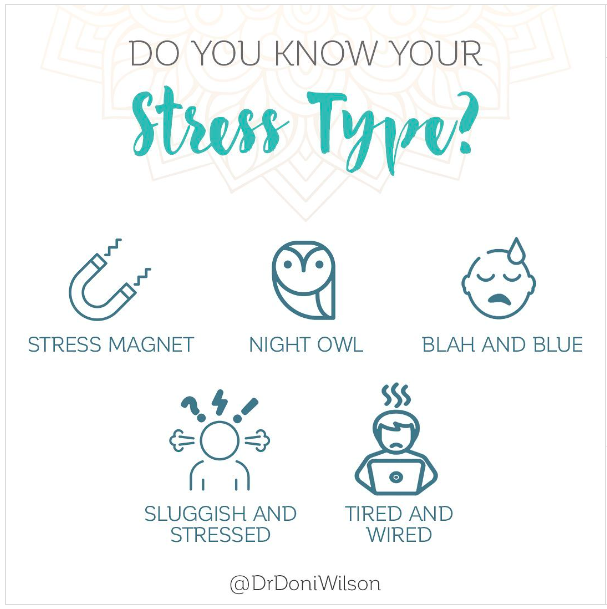
The 5 Burnout Types

Healing HPV Holistically: Dr. Doni on the Inspire Health by Jen Podcast
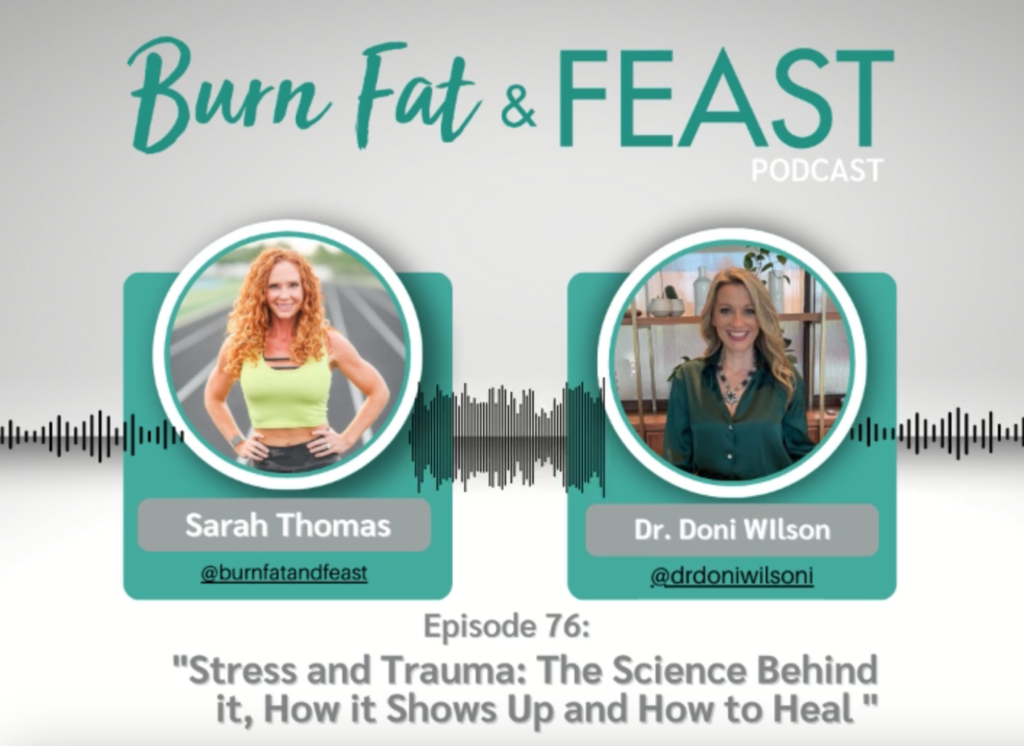
Recent Podcasts
Signup to receive our weekly newsletter with all the latest news, podcasts and special offers
New Book - Order Today!
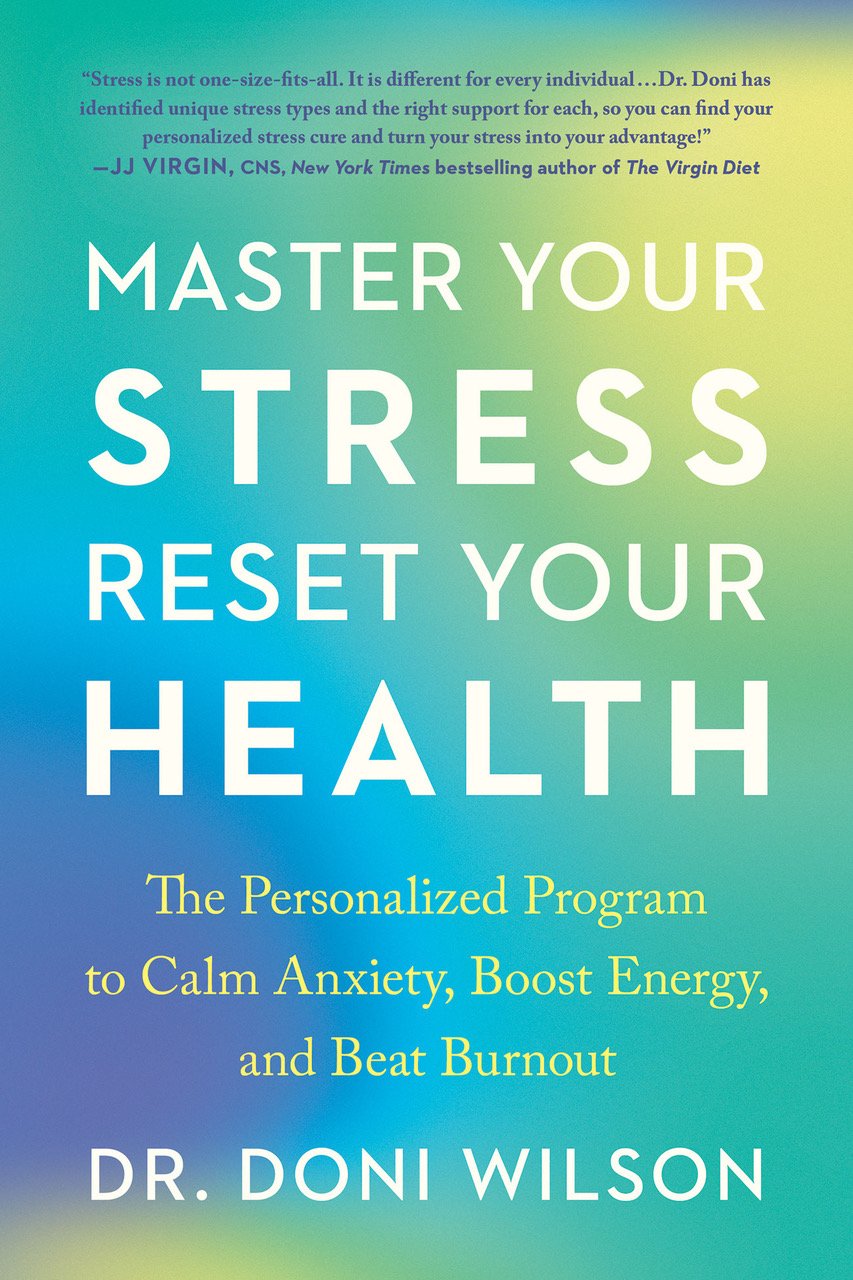
SIMPLE PRACTICES for SHIFTING FROM YOUR STATE of STRESS to YOUR FLOW and FREEDOM
MASTER YOUR STRESS
RESET YOUR HEALTH
Order Now! Related Posts

What is making you susceptible to HPV?
I have been working with women who had abnormal cells on their cervix and/or vaginally, caused by HPV for over 20 years now. And while

The 5 Burnout Types
Did you know there are 5 burnout types? They are based on your Stress Type®, which is how your adrenal function has been affected by
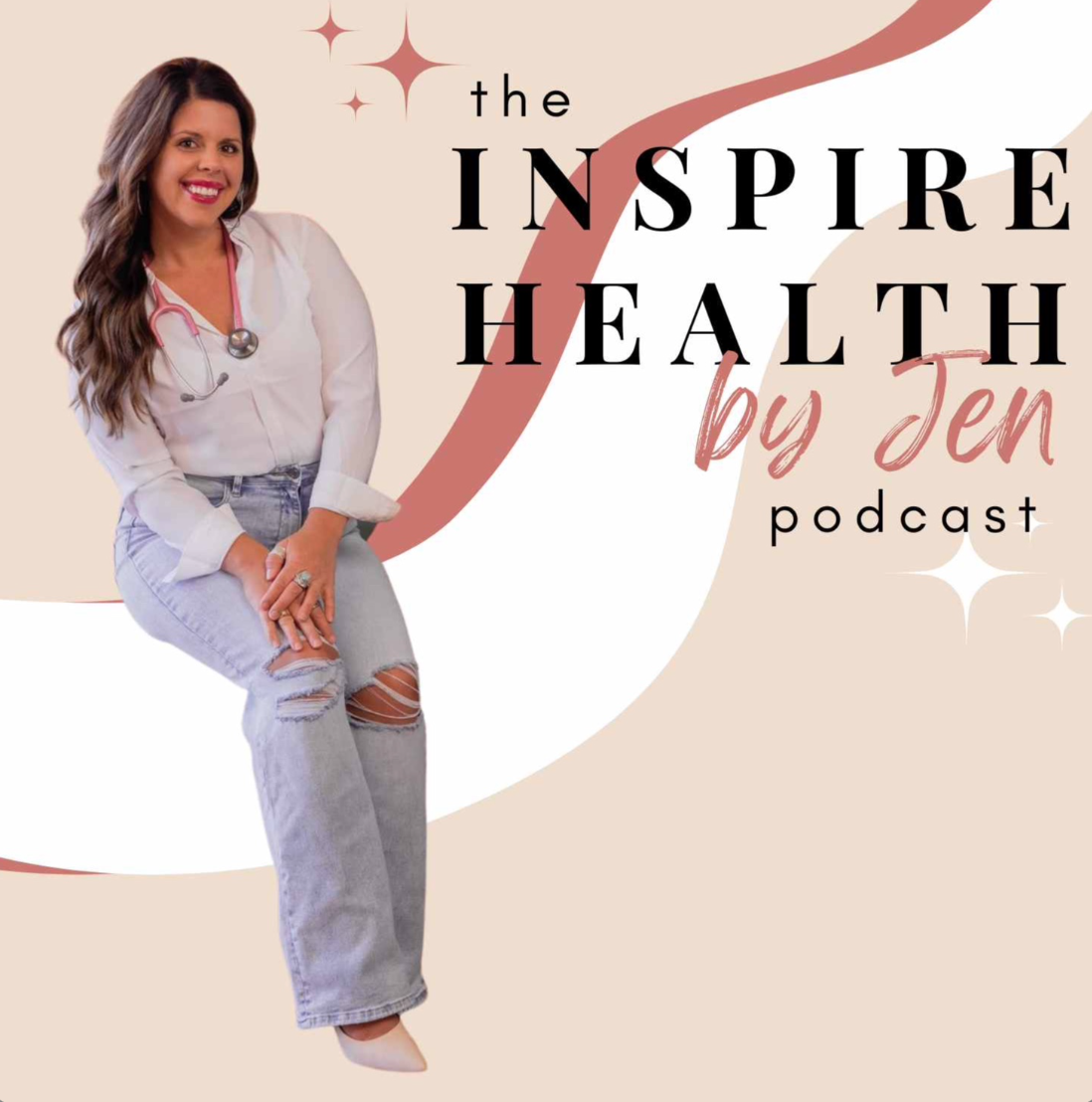
Healing HPV Holistically: Dr. Doni on the Inspire Health by Jen Podcast
Dr. Doni was interviewed by Jen Ciszewski on the Inspire Health by Jen Podcast, talking about how to heal away HPV from your body for good.

Stress and Trauma: The Science Behind It, How It Shows Up and How to Heal: Dr. Doni on The Burn Fat and FEAST Podcast
Dr. Doni was interviewed by Sarah B. Thomas on the Burn Fat and FEAST Podcast, talking about the impact of stress and trauma on our health and what to do to recover from them.


